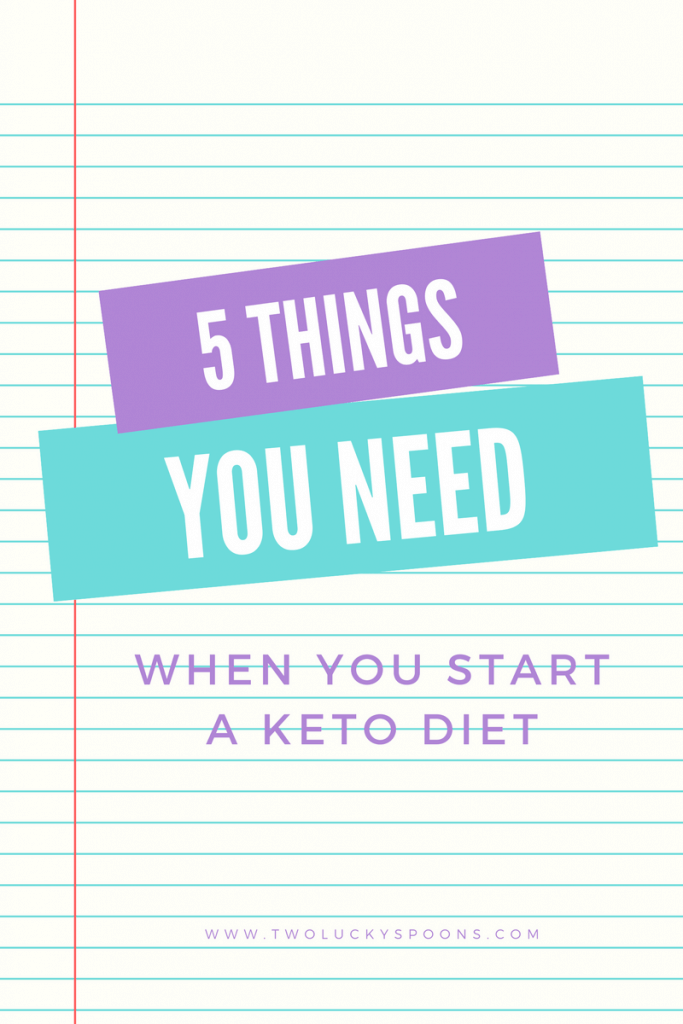
This post contains affiliate links, which means that I make a very small amount of money should you purchase through that link. However, I wholeheartedly recommend all products linked to.
I’ve talked about how I got started on Keto in Part 1, and in Part 2 I told you the basics of what Keto is. But what do you need to get started on a ketogenic diet? In this post we will talk about a few of the basics you need to get started. There aren’t many things, but here’s what you need to get going on a Keto diet.
- Ketostix – So, you need to know when you are in ketosis (a fat burning state) and until you get used to being able to tell when you are in and when you are out, I recommend peeing on a ketostix to check. Now I will say that this is not the most efficient way to check your ketones. A blood ketone reader is the best way, but I find it easier to spend $8 in the beginning rather than $65. The ketostix won’t work as well once you become “fat-adapted” (which means that you body has fully swapped over to burning fat for fuel and is used to it). That’s because the ketostix measure the excess ketones that are being excreted by your body. When your body is adapted there will be fewer “extra” ketones floating around, but by then you will be able to tell when you are or are not in ketosis.
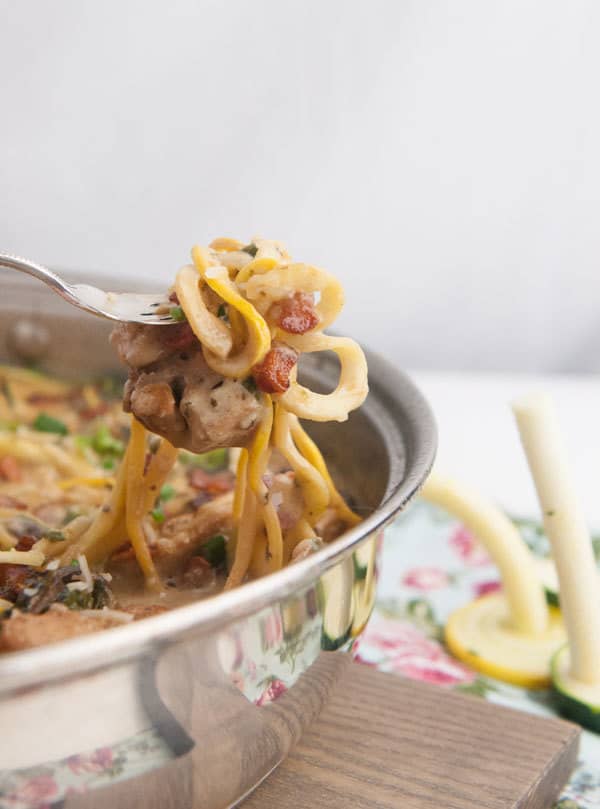
Low Carb Chicken and Sundried Tomato Alfredo Zoodles
- A macro calculator – Not everyone calculates macros (and I don’t track much anymore), but I think that when you first get started it’s a good idea to do it to get a handle on what a day in ketosis looks like. I use MyFitnessPal, but there are lots of good Keto calculators out there that will live on your phone and are easy to use.
- Coconut Oil, Butter, Olive Oil, Lard – Fat. You need lots of fat. But don’t get just any fat, you want healthy fats. What does healthy fat mean? It means natural, relatively unprocessed, fats. Stay away from the man-made fats that have been invented by the food industry in the last 50 or so years; fats like Vegetable oil, canola oil, Crisco, any thing with trans-fat in it, soybean oil, etc. These fats cause inflammation in the body and can lead to higher risks of heart disease. You want saturated, unsaturated and poly and mono-unsaturated fats as long as they aren’t super processed (hydrogented or partially hydrogenated). Ideally, you also want organic if you can get it. (Here’s a handy guide to fats) I live in a very small town so my options are limited unless I travel to a bigger city to shop and I have found that good quality butter is good enough. Kerrygold Irish butter is the gold standard though.
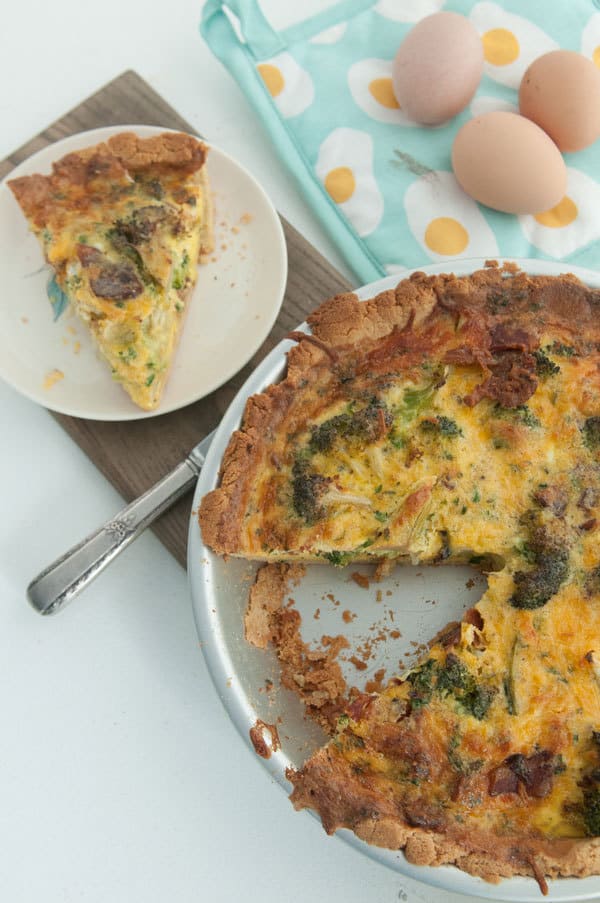
Keto Broccoli Bacon Cheddar Quiche
- Swerve – Even though your sweet tooth will diminish greatly on Keto, there are going to be times when you want or need a little sweetness in your life. The problem with a lot of artificial sweeteners is that they still have maltodextrin in them, which is basically sugar. So it defeats the whole purpose (which is to keep blood sugar and insulin very low). Enter Swerve. Swerve is “a combination of erythritol and oligosaccharides. If you’ve ever visited a brewery, you’ve gotten a peek into how fermentation works. Erythritol is made by fermenting glucose with Moniliella pollinis, a natural microorganism. It also naturally occurs in many fruits and vegetables like melons, grapes and asparagus. Erythritol is classified by the FDA as a zero-calorie, 4-carbon sugar alcohol that does not affect blood glucose. Oligosaccharides are sweet, non-digestible carbohydrates sourced from select fruits and starchy root vegetables. Oligosaccharides are prebiotic fibers, so they’re not only tasty, but they can help stimulate beneficial bacteria in your gut.” It also is the least “funny tasting” to me of all the artificial sweeteners.
- A support group – Don’t skip this one. You will need someplace that you can go for support and for others to answer questions and give you inspiration. There’s an excellent Keto community on Instagram and tons of great Facebook groups out there to help you (see Part 2). Whether it’s online or offline, make sure that you have someone there who will help you through the rough patches and can sympathize about the absence of bread and offer a few good recipes for alternatives.
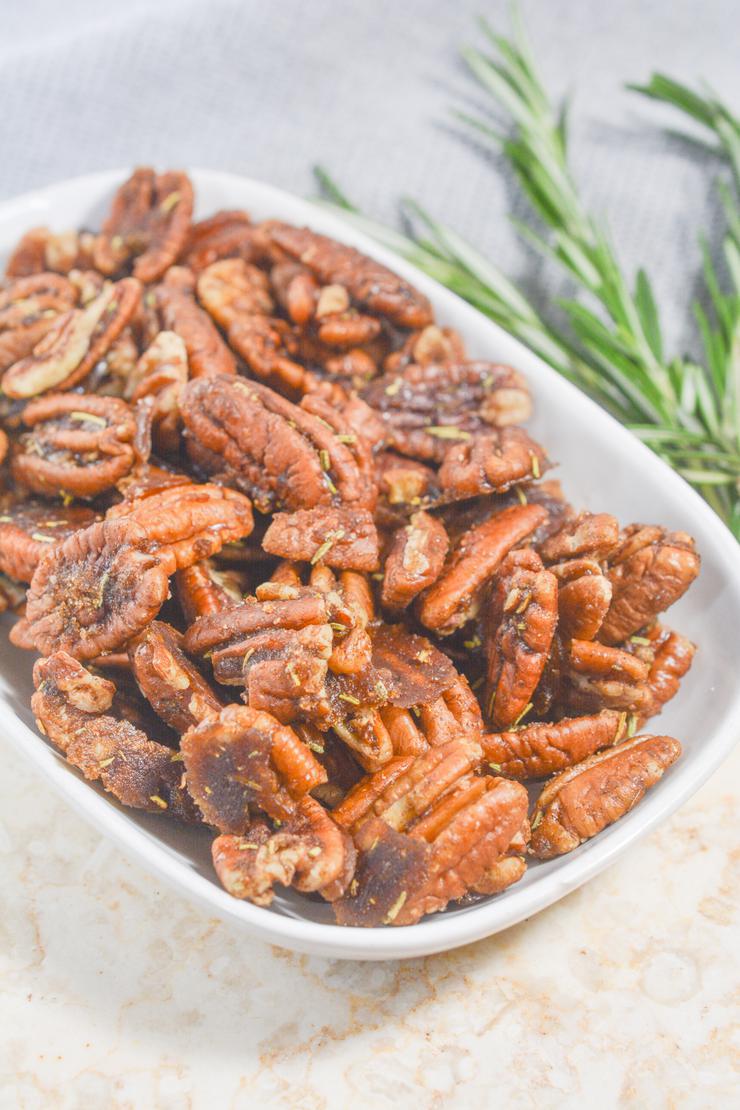
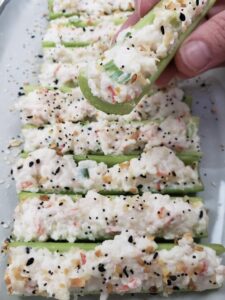
Leave a Reply